Get to know the nurse theorist Dorothy Johnson and her nursing theory “Behavioral System Model” in this study guide.
Biography of Dorothy E. Johnson
Dorothy E. Johnson (August 21, 1919 – February 1999) was one of the greatest nursing theorists who developed the “Behavioral System Model.” Her theory of nursing defines nursing as “an external regulatory force which acts to preserve the organization and integration of the patients’ behaviors at an optimum level under those conditions in which the behavior constitutes a threat to the physical or social health, or in which illness is found.”
Early Life
Dorothy Johnson was born on August 21, 1919, in Savannah, Georgia. She was the youngest of seven children. Her father was the superintendent of a shrimp and oyster factory, and her mother was very involved and enjoyed reading. In 1938, she finished her associate’s degree at Armstrong Junior College in Savannah, Georgia. Due to the Great Depression, she took a year off from school to be a governess, or teacher, for two children in Miami, Florida. This was when she began to realize her love for children, nursing, and education.
Education
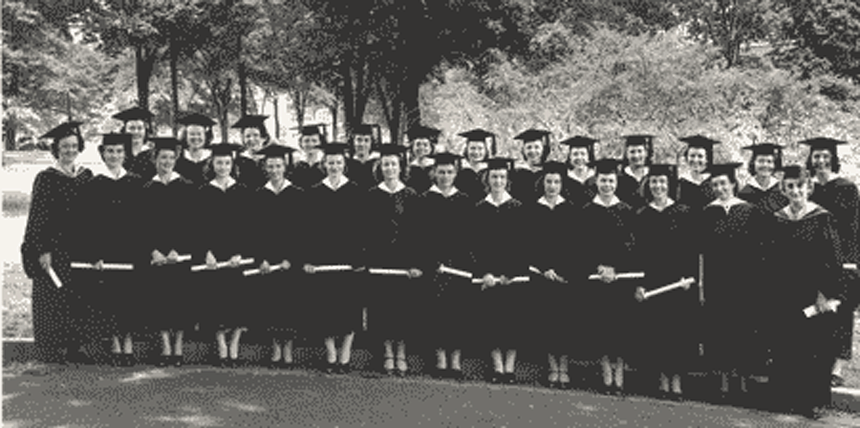
Dorothy Johnson’s professional nursing career began in 1942 when she graduated from Vanderbilt University School of Nursing in Nashville, Tennessee. She was the top student in her class and received the prestigious Vanderbilt Founder’s Medal.
In 1948, she received her master’s in public health from Harvard University in Boston, Massachusetts.
Career and Appointments
After graduation, Dorothy Johnson’s professional experiences involved mostly teaching, although she was a staff nurse at the Chatham-Savannah Health Council from 1943 to 1944. She was an instructor and an assistant professor in pediatric nursing at Vanderbilt University School of Nursing. From 1949 until her retirement in 1978 and her subsequent move to Key Largo, Florida, Johnson was an assistant professor of pediatric nursing, an associate professor of nursing, and a nursing professor at the University of California, Los Angeles.
In 1955 and 1956, Johnson was a pediatric nursing advisor assigned to the Christian Medical College School of Nursing in Vellore, South India. From 1965 to 1967, she served as chairperson on the California Nurses Association committee that developed a position statement on specifications for the clinical specialist.
Behavioral System Model
Dorothy Johnson is known for her “Behavioral System Model of Nursing,” which was first proposed in 1968. Her nursing model states that “each individual has patterned, purposeful, repetitive ways of acting that comprises a behavioral system specific to that individual.”
It advocates the fostering of efficient and effective behavioral functioning in the patient to prevent illness. The patient is defined as a behavioral system composed of seven behavioral subsystems: affiliative, dependency, ingestive, eliminative, sexual, aggressive, and achievement.
Each subsystem also has three functional requirements, which include (1) protection from noxious influences, (2) provision for a nurturing environment, and (3) stimulation for growth. An imbalance in each system results in disequilibrium. The nurse’s role is to help the patient maintain his or her equilibrium.
The Behavioral System Model of Nursing is further discussed below.
Works
Dorothy Johnson was a prolific writer on the subject of nursing theory. Her many publications on this subject profoundly influenced theoretical thinking in nursing during the second half of the twentieth century. Johnson’s publications include four books, more than 30 articles in periodicals, and many papers, reports, proceedings, and monographs.
She held a strong conviction that continuous improvement of care was the ultimate goal of nursing. Her 1968 paper, entitled, One Conceptual Model of Nursing, is a classic contribution to Nursing literature.
Two of Johnson’s many works include Theory Development: What, Why, How? and Barriers and Hazards in Counseling.
Awards and Honors
Of the many honors she received, Dorothy Johnson was proudest of the 1975 Faculty Award from graduate students, the 1977 Lulu Hassenplug Distinguished Achievement Award from the California Nurses Association, and the 1981 Vanderbilt University School of Nursing Award for Excellence in Nursing.
Death
Dorothy Johnson died in February 1999 at the age of 80. Before she died, she was pleased that her theory had been found useful in furthering the development of a theoretical basis for nursing and was being used as a nursing practice model on an institution-wide basis. Still, she reported that her greatest source of satisfaction came from following her students’ productive careers.
Johnson’s Behavioral System Model
Dorothy E. Johnson is well-known for her “Behavioral System Model,” which was first proposed in 1968. Her model was greatly influenced by Florence Nightingale’s book, Notes on Nursing. It advocates fostering efficient and effective behavioral functioning in the patient to prevent illness and stresses the importance of research-based knowledge about the effect of nursing care on patients.
Johnson’s Behavioral System Model is a nursing care model that advocates the fostering of efficient and effective behavioral functioning in the patient to prevent illness. The patient is identified as a behavioral system composed of seven behavioral subsystems: affiliative, dependency, ingestive, eliminative, sexual, aggressive, and achievement. Each subsystem’s three functional requirements include protection from noxious influences, provision for a nurturing environment, and stimulation for growth. An imbalance in any of the behavioral subsystems results in disequilibrium. It is nursing’s role to assist the client in returning to a state of equilibrium.
What is Behavioral System Model?
Dorothy Johnson’s theory defined Nursing as “an external regulatory force which acts to preserve the organization and integration of the patient’s behaviors at an optimum level under those conditions in which the behavior constitutes a threat to the physical or social health, or in which illness is found.”
It also states that “each individual has patterned, purposeful, repetitive ways of acting that comprises a behavioral system specific to that individual.”
Goals
Dorothy Johnson began her work on the model with the premise that nursing was a profession that made a distinctive contribution to society’s welfare. Thus, nursing had an explicit goal of action in patient welfare.
According to the Behavior System Model, the goals of nursing are fourfold: (1) To assist the patient whose behavior is proportional to social demands. (2) To assist the patient who can modify his behavior in ways that supports biological imperatives. (3) To assist the patient who can benefit to the fullest extent during illness from the physician’s knowledge and skill. And (4) To assist the patient whose behavior does not give evidence of unnecessary trauma as a consequence of illness.
Assumptions of the Behavioral System Model
The assumptions made by Dorothy Johnson’s theory are in three categories: assumptions about system, assumptions about structure, and assumptions about functions.
Johnson identified several assumptions that are critical to understanding the nature and operation of the person as a behavioral system: (1) There is “organization, interaction, interdependency and integration of the parts and elements of behaviors that go to make up the system.” (2) A system “tends to achieve a balance among the various forces operating within and upon it, and that man strives continually to maintain a behavioral system balance and steady-state by more or less automatic adjustments and adaptations to the natural forces occurring on him.” (3) A behavioral system, which requires and results in regularity and constancy in behavior, is essential to man. It is functionally significant because it serves a useful purpose in social life and the individual. And (4) “System balance reflects adjustments and adaptations that are successful in some way and to some degree.”
The four assumptions about structure and function are that: (1) “From the form the behavior takes and the consequences it achieves can be inferred what ‘drive’ has been stimulated or what ‘goal’ is being sought.” (2) Each person has a “predisposition to act concerning the goal, in certain ways rather than the other ways.” This predisposition is called a “set.” (3) Each subsystem has a repertoire of choices called a “scope of action.” And (4) The individual patient’s behavior produces an outcome that can be observed.
And lastly, there are three functional requirements for the subsystems.: (1) The system must be protected from toxic influences with which the system cannot cope. (2) Each system has to be nurtured through the input of appropriate supplies from the environment. And (3) The system must be stimulated for use to enhance growth and prevent stagnation.
Major Concepts
The following are the major concepts and definitions of Johnson’s nursing model, including the definition for its nursing metaparadigm:
Human Beings
Johnson views human beings as having two major systems: the biological system and the behavioral system. It is the role of medicine to focus on the biological system, whereas nursing focuses on the behavioral system.
The concept of a human being was defined as a behavioral system that strives to make continual adjustments to achieve, maintain, or regain balance to the steady-state adaptation.
Environment
The environment is not directly defined, but it is implied to include all elements of the human system’s surroundings and includes interior stressors.
Health
Health is seen as the opposite of illness, and Johnson defines it as “some degree of regularity and constancy in behavior. The behavioral system reflects adjustments and adaptations that are successful somehow, and to some degree… adaptation is functionally efficient and effective.”
Nursing
Nursing is seen as “an external regulatory force that acts to preserve the organization and integrate the patient’s behavior at an optimal level under those conditions in which the behavior constitutes a threat to physical or social health or in which illness is found.”
Behavioral system
Man is a system that indicates the state of the system through behaviors.
System
That which functions as a whole under organized independent interaction of its parts.
Subsystem
A mini system is maintained concerning the entire system when it or the environment is not disturbed.
Subconcepts
Structure
The parts of the system that make up the whole.
Variables
Factors outside the system influence the system’s behavior, but the system lacks the power to change.
Boundaries
The point that differentiates the interior of the system from the exterior.
Homeostasis
Process of maintaining stability.
Stability
Balance or steady-state in maintaining a balance of behavior within an acceptable range.
Stressor
A stimulus from the internal or external world that results in stress or instability.
Tension
The system’s adjustment to demands, change or growth, or to actual disruptions.
Instability
State in which the system output of energy depletes the energy needed to maintain stability.
Set
The predisposition to act. It implies that despite having only a few alternatives to select a behavioral response, the individual will rank those options and choose the option considered most desirable.
Function
Consequences or purposes of action.
7 Subsystems of the Behavior System Model
Johnson identifies seven subsystems in the Behavioral System Model. They are:
Attachment or affiliative subsystem
Attachment or affiliative subsystem is the “social inclusion intimacy and the formation and attachment of a strong social bond.” It is probably the most critical because it forms the basis for all social organizations. On a general level, it provides survival and security. Its consequences are social inclusion, intimacy, and the formation and maintenance of a strong social bond.
Dependency subsystem
The dependency subsystem is the “approval, attention or recognition and physical assistance.” In the broadest sense, it promotes helping behavior that calls for a nurturing response. Its consequences are approval, attention or recognition, and physical assistance. Developmentally, dependency behavior evolves from almost total dependence on others to a greater degree of dependence on self. A certain amount of interdependence is essential for the survival of social groups.
Ingestive subsystem
An ingestive subsystem is the “emphasis on the meaning and structures of the social events surrounding the occasion when the food is eaten.” It should not be seen as the input and output mechanisms of the system. All subsystems are distinct subsystems with their own input and output mechanisms. The ingestive subsystem “has to do with when, how, what, how much, and under what conditions we eat.”
Eliminative subsystem
Eliminative subsystem states that “human cultures have defined different socially acceptable behaviors for excretion of waste, but the existence of such a pattern remains different from culture to culture.” It addresses “when, how, and under what conditions we eliminate.” As with the ingestive subsystem, the social and psychological factors influence the biological aspects of this subsystem and may conflict with the eliminative subsystem.
Sexual subsystem
A sexual subsystem is both a biological and social factor that affects behavior. It has the dual functions of procreation and gratification. Including, but not limited to, courting and mating, this response system begins with the development of gender role identity and includes a broad range of sex-role behaviors.
Aggressive subsystem
The aggressive subsystem relates to protection and self-preservation, generating a defense response when there is a threat to life or territory. Its function is protection and preservation. Society demands that limits be placed on self-protection modes and that people and their property be respected and protected.
Achievement subsystem
The achievement subsystem provokes behavior that tries to control the environment. It attempts to manipulate the environment. Its function is to control or mastery an aspect of self or environment to some standard of excellence. Areas of achievement behavior include intellectual, physical, creative, mechanical, and social skills.
Behavioral System Model and The Nursing Process
The nursing process of the Behavior System Model of Nursing begins with assessing and diagnosing the patient. Once a diagnosis is made, the nurse and other healthcare professionals develop a nursing care plan of interventions and setting them in motion. The process ends with an evaluation, which is based on the balance of the subsystems.
Johnson’s Behavioral System Model is best applied in the evaluation phase, during which time the nurse can determine whether or not there is balance in the subsystems of the patient. If a nurse helps a patient maintain an equilibrium of the behavioral system through an illness in the biological system, they have been successful in the role.
Strengths
Dorothy Johnson’s theory guides nursing practice, education, and research, generate new ideas about nursing; and differentiates nursing from other health professions. It has been used in inpatient, outpatient, and community settings as well as in nursing administration. It has always been useful to nursing education and has been used in educational institutions in different parts of the world.
Another advantage of the theory is that Johnson provided a frame of reference for nurses concerned with specific client behaviors. It can also be generalized across the lifespan and cultures. The theory also has the potential for continued utility in nursing to achieve valued nursing goals.
Weaknesses
The theory is potentially complex because there are several possible interrelationships among the behavioral system, its subsystems, and the environment. Potential relationships have been explored, but more empirical work is needed. Johnson’s work has been used extensively with people who are ill or face the threat of illness. However, its use with families, groups, and communities is limited. Though the seven subsystems identified by Johnson are said to be open, linked, and interrelated, there is a lack of clear definitions for the interrelationships among them, making it difficult to view the entire behavioral system as an entity. The problem involving the interrelationships among the concepts also creates difficulty following the logic of Johnson’s work.
Conclusion
Johnson’s Behavioral System Model describes the person as a behavioral system with seven subsystems: the achievement, attachment-affiliative, aggressive protective, dependency, ingestive, eliminative, and sexual subsystems. Each subsystem is interrelated with the others and the environment and specific structural elements and functions that help maintain the behavioral system’s integrity.
Through these, her model focuses on what the behavior person is presenting, making the concept more attuned with the psychological aspect of care.
When the behavioral system has balance and stability, the individual’s behaviors will be purposeful, organized, and predictable. Imbalance and instability in the behavioral system occur when tension and stressors affect the subsystems’ relationship or the internal and external environments.
Recommended Resources
Recommended books and resources to learn more about nursing theory:
Disclosure: Included below are affiliate links from Amazon at no additional cost from you. We may earn a small commission from your purchase. For more information, check out our privacy policy.
- Nursing Theorists and Their Work (10th Edition) by Alligood
Nursing Theorists and Their Work, 10th Edition provides a clear, in-depth look at nursing theories of historical and international significance. Each chapter presents a key nursing theory or philosophy, showing how systematic theoretical evidence can enhance decision making, professionalism, and quality of care. - Knowledge Development in Nursing: Theory and Process (11th Edition)
Use the five patterns of knowing to help you develop sound clinical judgment. This edition reflects the latest thinking in nursing knowledge development and adds emphasis to real-world application. The content in this edition aligns with the new 2021 AACN Essentials for Nursing Education. - Nursing Knowledge and Theory Innovation, Second Edition: Advancing the Science of Practice (2nd Edition)
This text for graduate-level nursing students focuses on the science and philosophy of nursing knowledge development. It is distinguished by its focus on practical applications of theory for scholarly, evidence-based approaches. The second edition features important updates and a reorganization of information to better highlight the roles of theory and major philosophical perspectives. - Nursing Theories and Nursing Practice (5th Edition)
The only nursing research and theory book with primary works by the original theorists. Explore the historical and contemporary theories that are the foundation of nursing practice today. The 5th Edition, continues to meet the needs of today’s students with an expanded focus on the middle range theories and practice models. - Strategies for Theory Construction in Nursing (6th Edition)
The clearest, most useful introduction to theory development methods. Reflecting vast changes in nursing practice, it covers advances both in theory development and in strategies for concept, statement, and theory development. It also builds further connections between nursing theory and evidence-based practice. - Middle Range Theory for Nursing (4th Edition)
This nursing book’s ability to break down complex ideas is part of what made this book a three-time recipient of the AJN Book of the Year award. This edition includes five completely new chapters of content essential for nursing books. New exemplars linking middle range theory to advanced nursing practice make it even more useful and expand the content to make it better. - Nursing Research: Methods and Critical Appraisal for Evidence-Based Practice
This book offers balanced coverage of both qualitative and quantitative research methodologies. This edition features new content on trending topics, including the Next-Generation NCLEX® Exam (NGN). - Nursing Research (11th Edition)
AJN award-winning authors Denise Polit and Cheryl Beck detail the latest methodologic innovations in nursing, medicine, and the social sciences. The updated 11th Edition adds two new chapters designed to help students ensure the accuracy and effectiveness of research methods. Extensively revised content throughout strengthens students’ ability to locate and rank clinical evidence.
See Also
Recommended site resources related to nursing theory:
- Nursing Theories and Theorists: The Definitive Guide for Nurses MUST READ!
In this guide for nursing theories, we aim to help you understand what comprises a nursing theory and its importance, purpose, history, types or classifications, and give you an overview through summaries of selected nursing theories.
Other resources related to nursing theory:
- Betty Neuman: Neuman Systems Model
- Dorothea Orem: Self-Care Deficit Theory
- Dorothy Johnson: Behavioral System Model
- Faye Abdellah: 21 Nursing Problems Theory
- Florence Nightingale: Environmental Theory
- Hildegard Peplau: Interpersonal Relations Theory
- Ida Jean Orlando: Deliberative Nursing Process Theory
- Imogene King: Theory of Goal Attainment
- Jean Watson: Theory of Human Caring
- Lydia Hall: Care, Cure, Core Nursing Theory
- Madeleine Leininger: Transcultural Nursing Theory
- Martha Rogers: Science of Unitary Human Beings
- Myra Estrin Levine: The Conservation Model of Nursing
- Nola Pender: Health Promotion Model
- Sister Callista Roy: Adaptation Model of Nursing
- Virginia Henderson: Nursing Need Theory
References
- Alligood, M., & Tomey, A. (2010). Nursing theorists and their work, seventh edition. Maryland Heights: Mosby-Elsevier.
- Dorothy E. Johnson Biographical File. (n.d.). Retrieved August 7, 2014, from https://www.mc.vanderbilt.edu/diglib/sc_diglib/archColl/1014.html
- Johnson, D. E. (1959a). A philosophy of nursing. Nursing Outlook, 7(4), 198–200.
- Johnson, D.E. (1968). One conceptual model of nursing. Unpublished lecture, Vanderbilt University, Nashville, TN.
- Johnson, D. E. (1980). The behavioral system model for nursing. In McEwen, M. and Wills, E. (Ed.). Theoretical basis for nursing. USA: Lippincott Williams & Wilkins.
External Links
- Theory Development: What, Why, How?
- Barriers and Hazards in Counseling
- One Conceptual Model of Nursing
- The Nurse Theorists – Dorothy Johnson Promo – YouTube video of an interview with Dorothy Johnson herself.
With contributions by Wayne, G. (for Biography), Ramirez, Q.
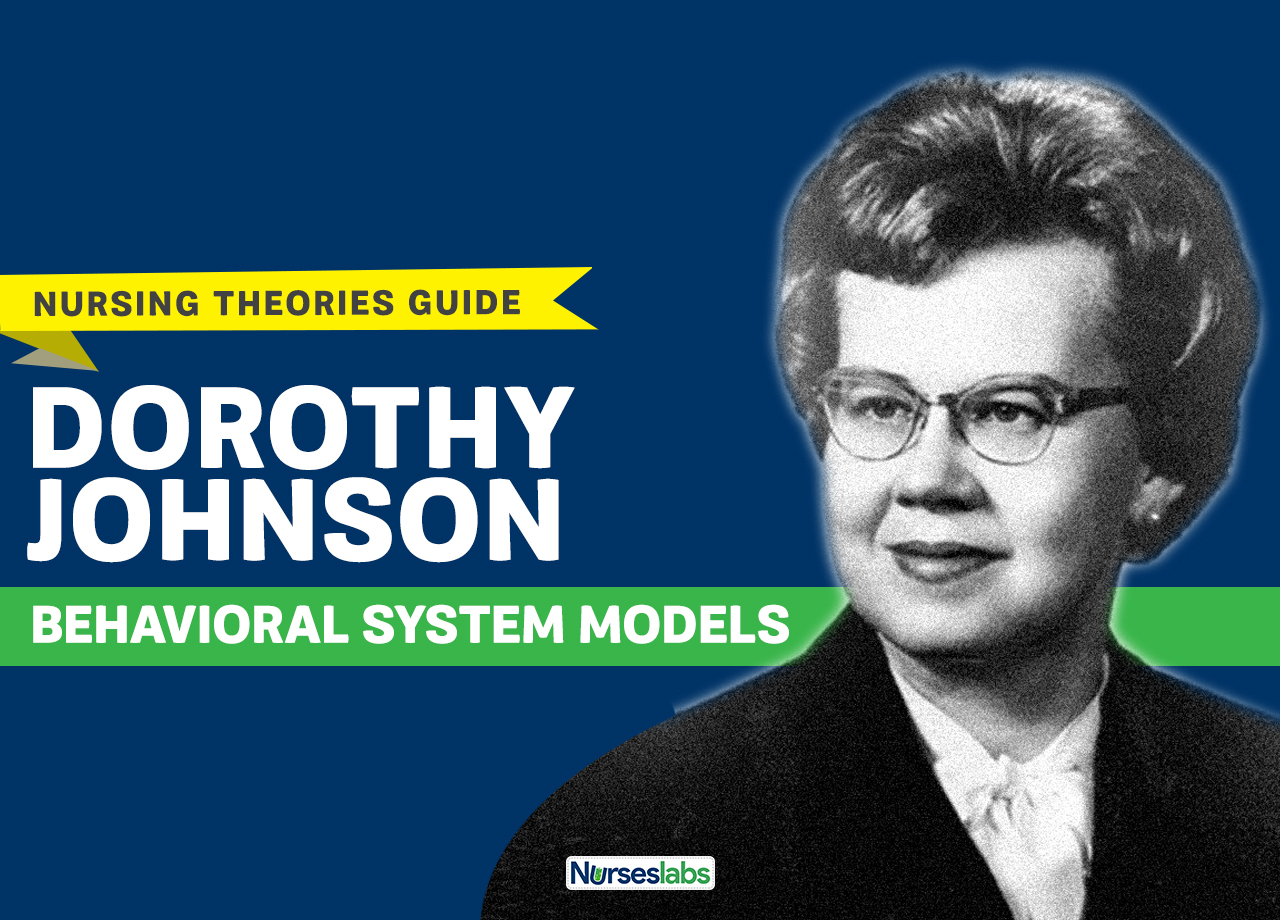
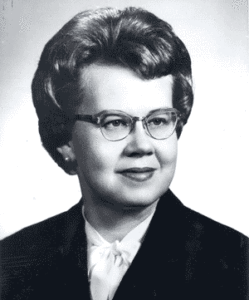
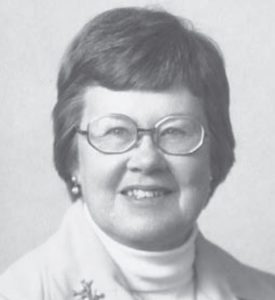
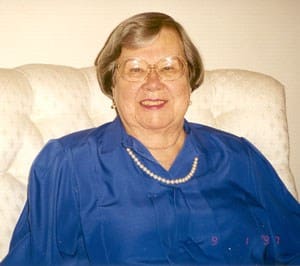
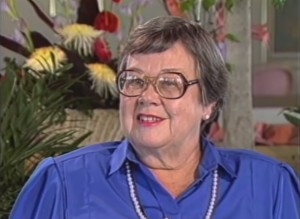
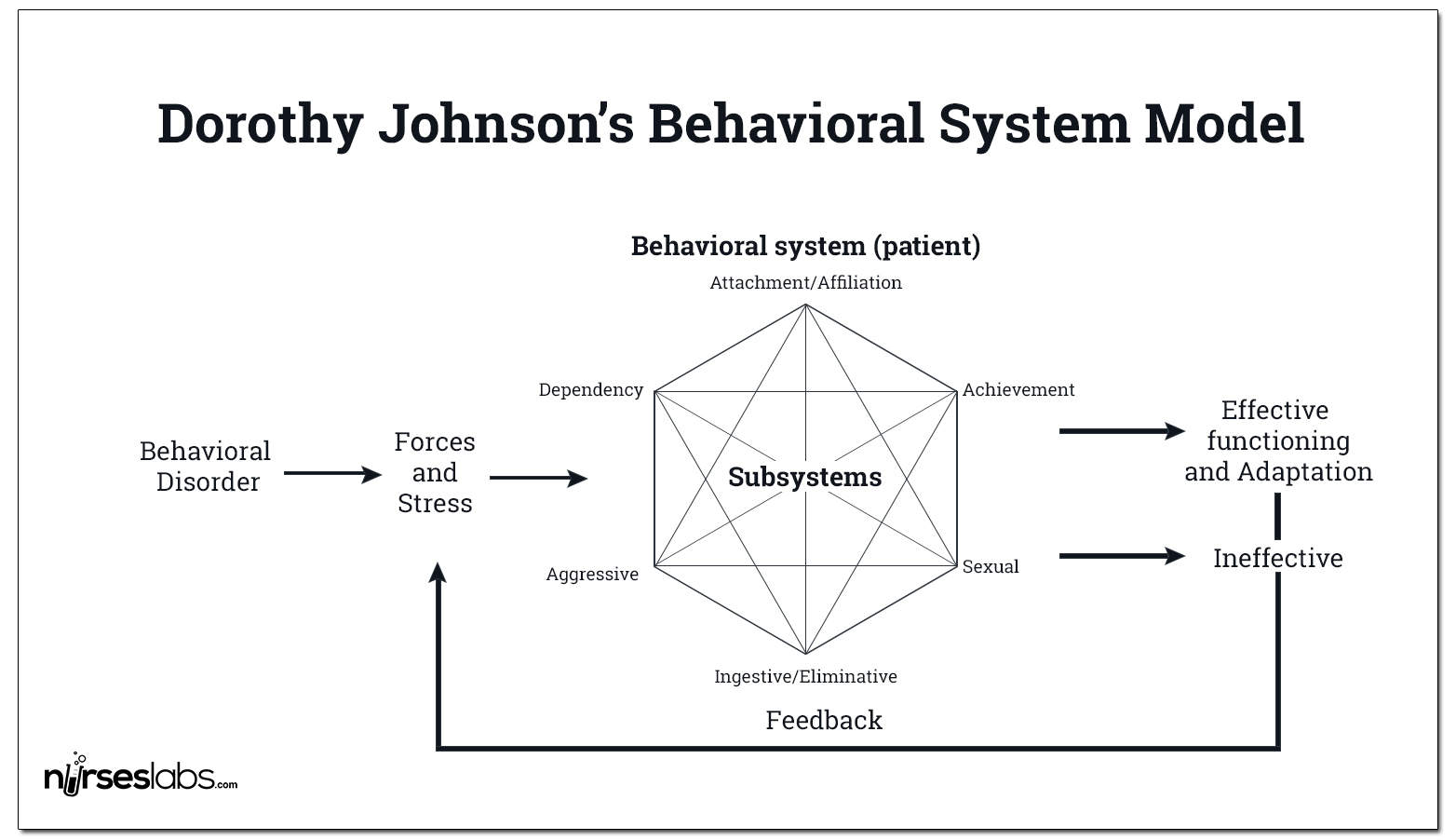




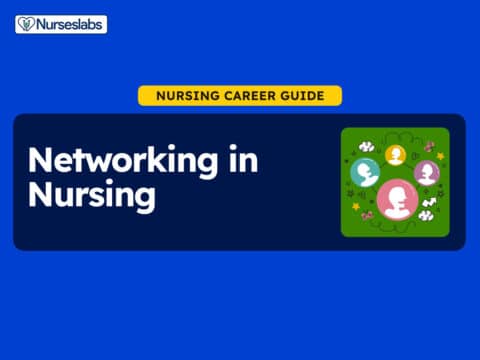
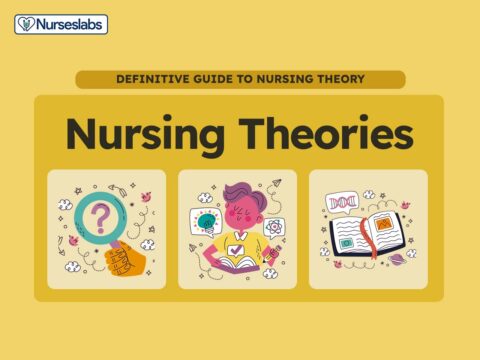

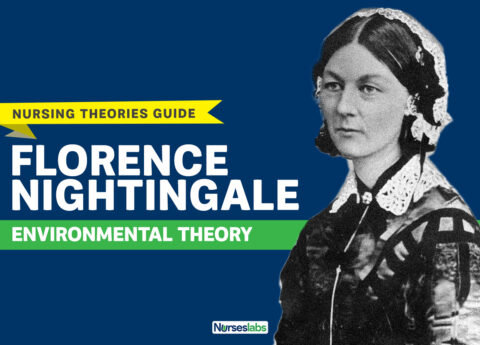

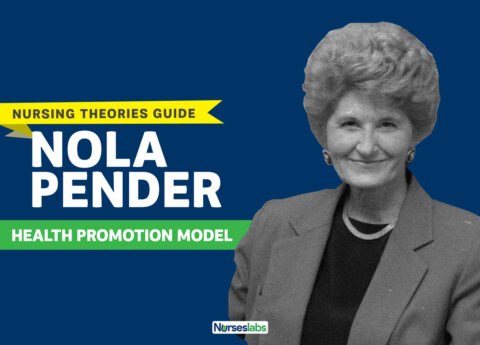

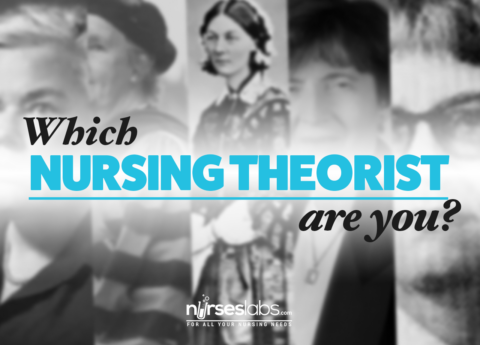
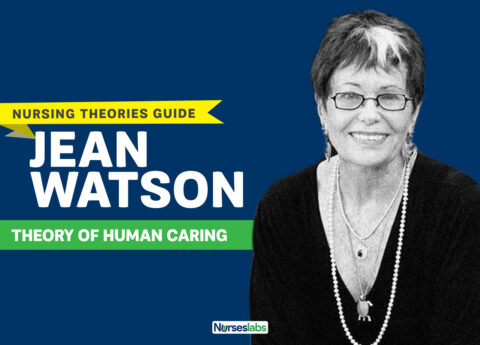


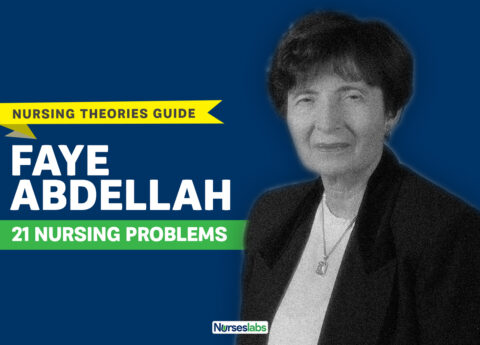
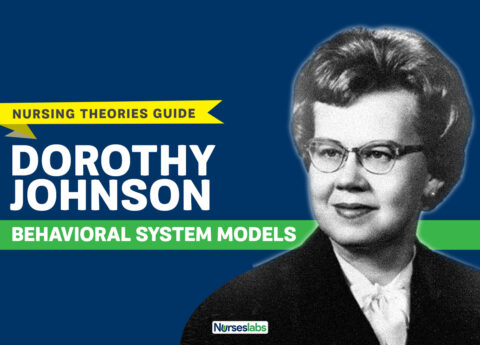
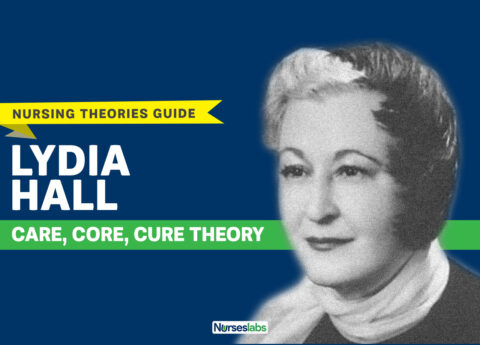

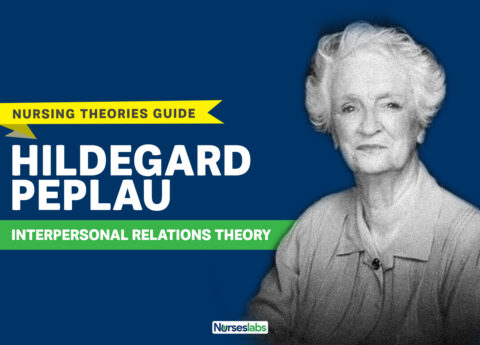
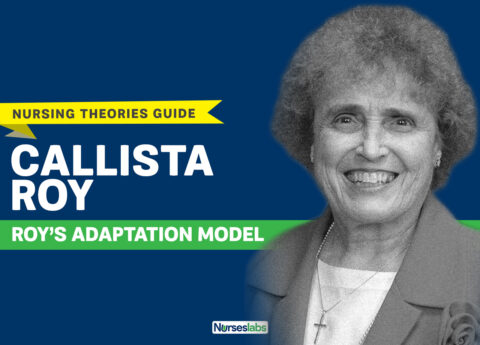
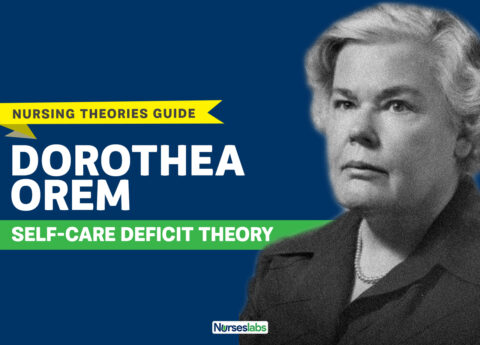
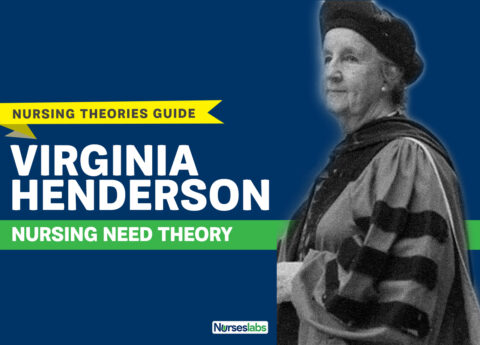
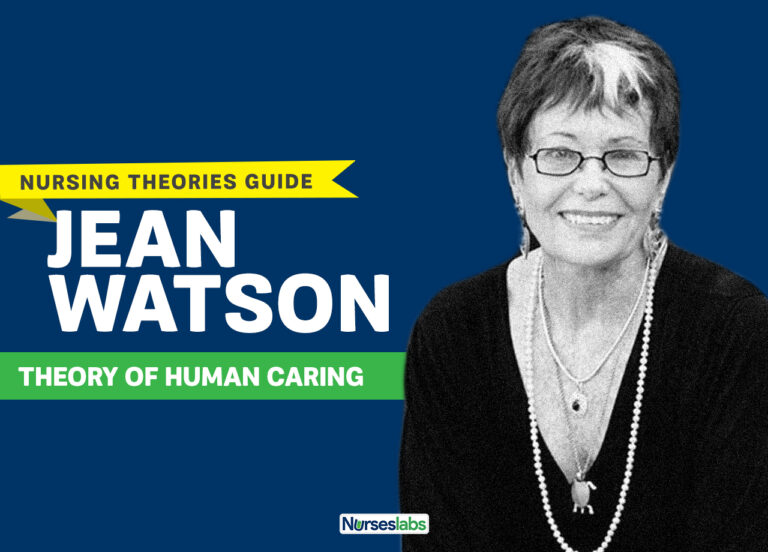



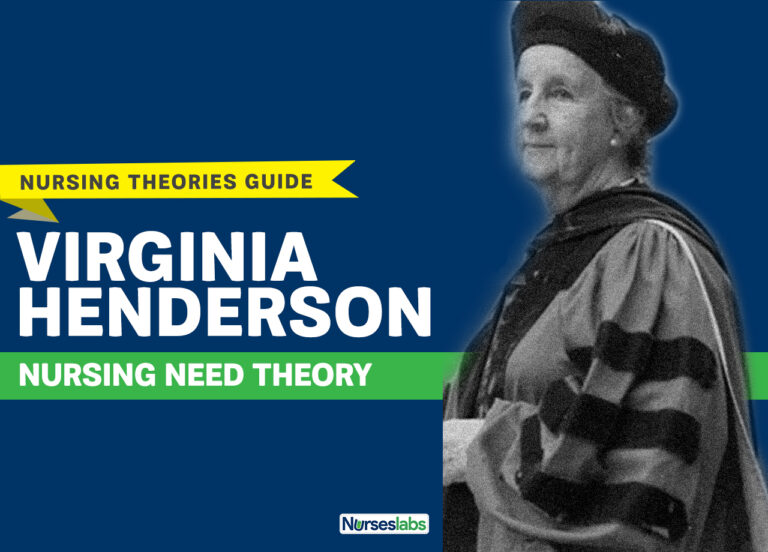


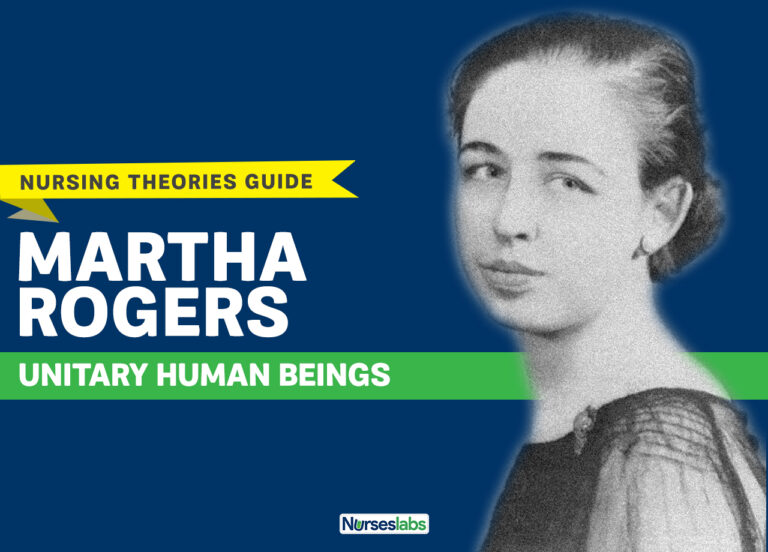

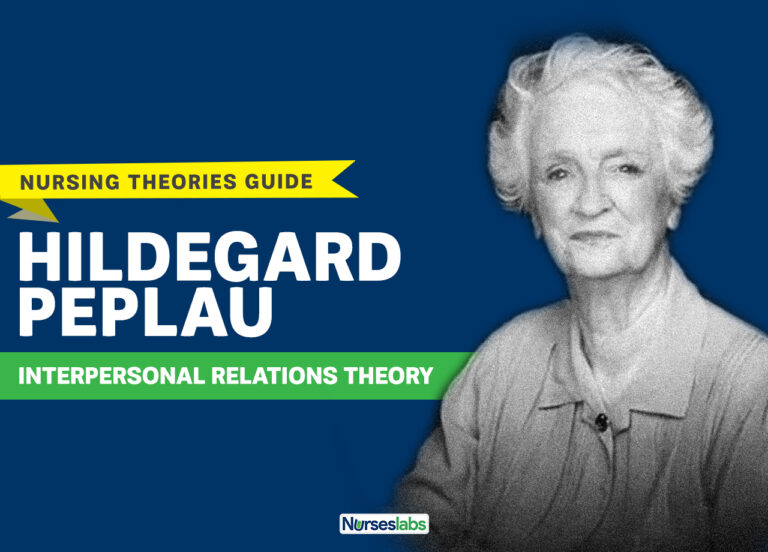
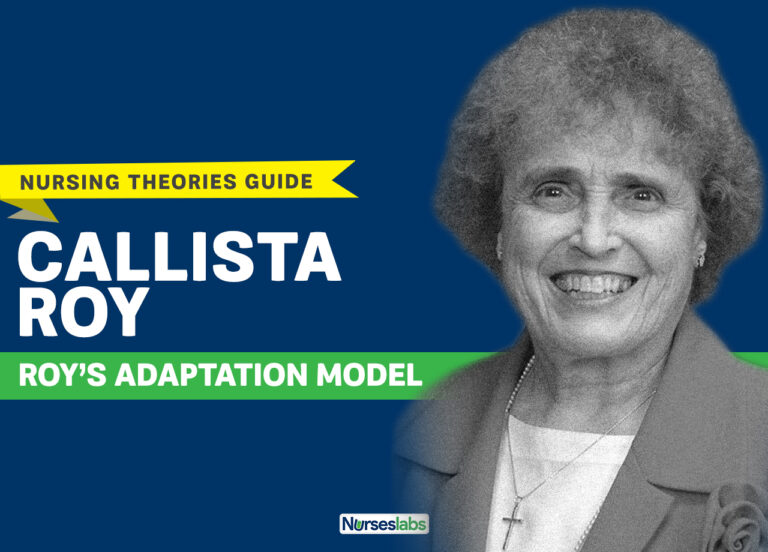

Leave a Comment